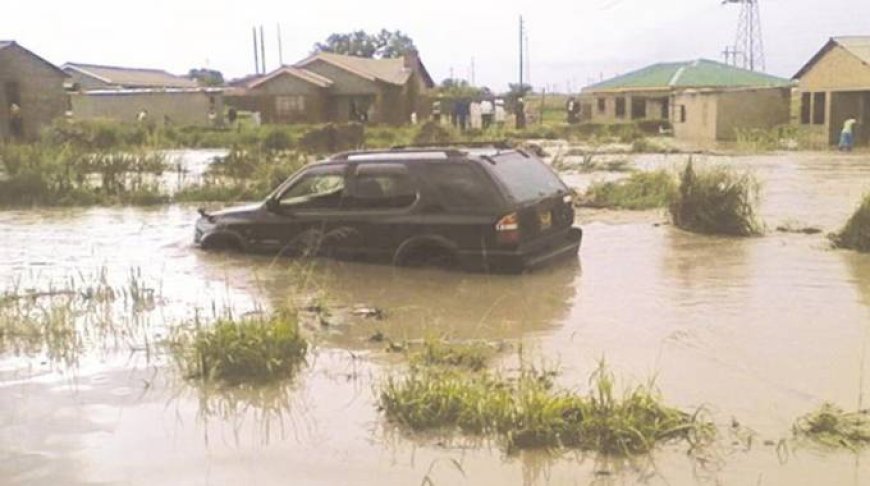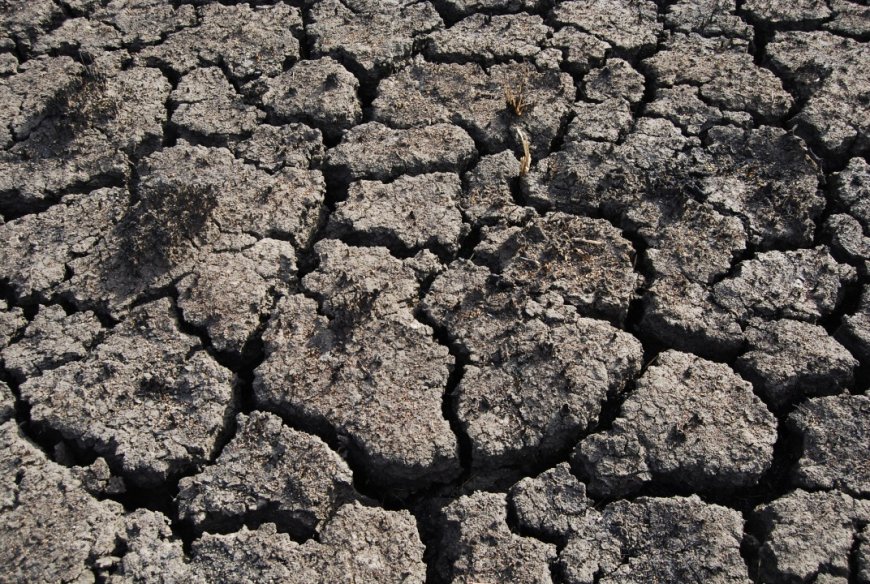Cheap Stands, Whats the catch ?
There are lots of factors to consider when buying that piece of land to build your home. A big factor for most people is the price. Although cheap is good, a buyer should ask themselves why that piece of land is so cheap especially if land in the same area or of size is slightly pricier. This article will try and tackle the reasons why land might be cheap and what really is the cost of it..

2. Wet Land?
Wetlands are areas where water covers the soil, or is present either at or near the surface of the soil all year or for varying periods of time during the year, including during the growing season.
Simply put wetlands are areas where the soil has very poor drainage hence these areas are prone to flooding. Not only is it illegal to build on wetlands but it is also dangerous. The inhabitants of wetlands encounter a number of problems that include structural failure of their housing units and they are prone to waterborne diseases.
The majority of houses built on wetlands have seen water flooding inside, cracks appearing in some cases, moisture dampening house wares with some people complaining of smells while in some areas durawalls have collapsed.
To safely build on a wetland one must utilize a special type of foundation and there are various which we discuss here.
When the soil is made up of a high percentage of clay, it will have a tendency to “heave”. “Heaving” means that the ground will rise up, or heave, whenever it becomes moist. Therefore, in the rainy season the ground is higher.

When clay soil dries out, it shrinks, and becomes lower. This process of heaving can destroy a standard foundation. If you have gone into a home that has multiple cracks in the walls and floor, this was likely caused by heaving.
To fix this issue, after construction, you can attempt to strengthen the foundation with under pinning. Other people have added a cement skirting around the home to try and push incoming water further away from the foundations.
A house built on these types of soils needs to use a different foundation. Many people refer to these as “special foundations”. One type of special foundation is a raft foundation. This is a foundation of reinforced concrete. The foundation is one piece and the building sits on it, like a person sits on a raft. This raft foundation will carry the building during heave, similar to a raft riding on ocean waves.
The house will rise, shift, and fall without taking damage. This type of foundation is more expensive than a standard one.
Construction should not occur on made up ground, unsettled soils, collapsing subsoils, ant or termites’ nest, or over excavated areas. With areas like these, you may require a pile foundation. A pile foundation is made up of columns going down into the ground, beyond any trouble spots, to the solid rock below.
A structural engineer is needed with pile foundations. They will need to determine the number of piles, the distance apart, the depth, the materials, and more. Once the piles are formed under the ground, a ring beam of reinforced concrete is made.
The structure is then built on top of the ring beam. Pile foundations are very technical and costly, but are useful in areas where the soils are not suitable for construction.
Before embarking on your construction journey, it is essential to understand the soils and foundations that you will be dealing with. These two factors alone may greatly impact the type of building that you can construct, and the cost of your new home.
It may be easier to move to another property which already has the soils that are suitable for your dreams and plans.
What's Your Reaction?












